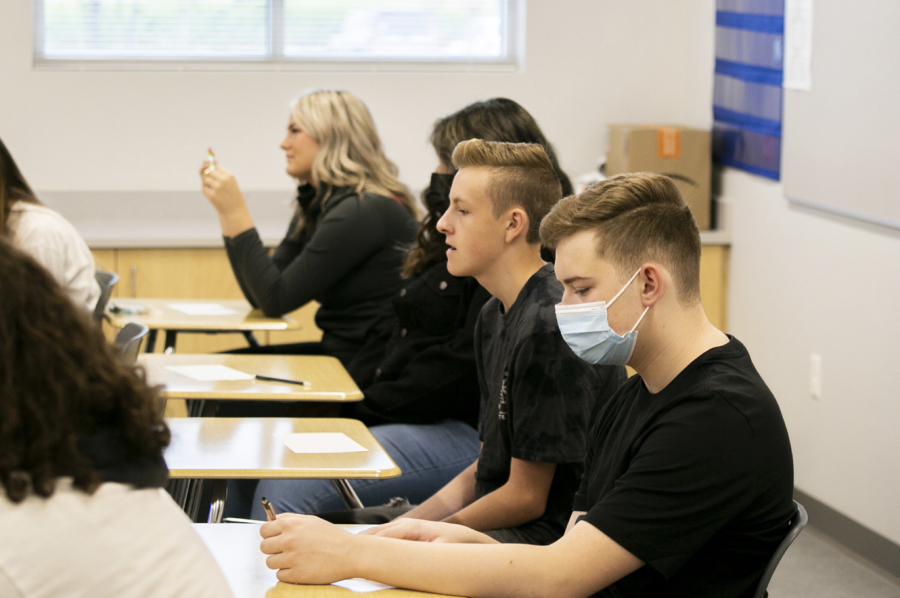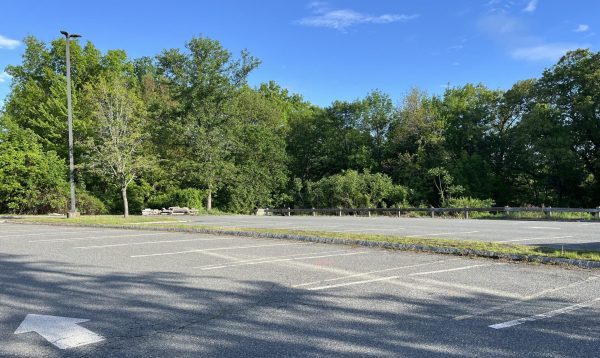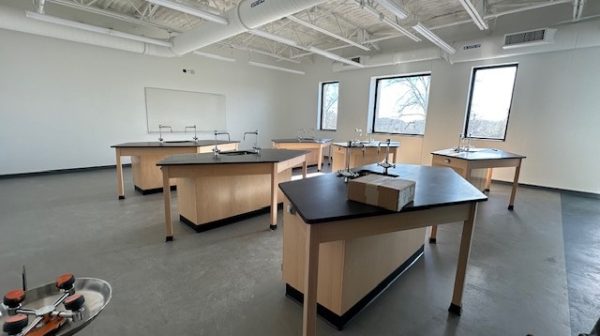Covid, masks, and the question of whether it’s time to move on
Google image/Creative Commons license
With masks optional in most schools, some students continue to wear masks for a variety of reasons.
As deaths, hospitalizations, and perhaps even concern over the coronavirus and its variants have ebbed, mask restrictions have been scaled back significantly across the country over the past two months, although mask use remains a confusing issue for many.
According to The New York Times, on Jan. 14 — the peak from this past winter, primarily due to the omicron variant– the average number of daily Covid cases in the United States was more than 800,000. By the end of March, it was down to slightly more than 27,000.
The number of cases — with yet another variant, BA.2, on the march — has risen to more than 60,000 daily cases as of this week. Though the numbers are still high, the number of deaths and hospitalizations remain relatively low, and most schools, including AMSA, have lifted their mask mandates.
AMSA ended its mandate on March 7, with masks required only in the health office. Infections have continued, but they are sporadic, and learning has largely been uninterrupted. To get to this point, Executive Director Ellen Linzey relied upon diligence and patience.
The Massachusetts Board of Health encouraged schools to consider lifting mask mandates as early as February. But because AMSA had 140 Covid cases in January and many people were still receiving vaccine boosters, Mrs. Linzey thought it was premature and did not want to put the school community at risk.
Only after a home-testing system became available and the numbers fell significantly did Mrs. Linzey declare the school “mask optional.”
A large number of students and staff continued to wear masks in the first week or two after the announcement, although most AMSA personnel are currently going maskless.
“I don’t find it necessary to wear masks when there aren’t many cases,” AMSA science teacher Robert Jekanoski said.
Mr. Jekanoski did say, however, that if Covid cases rise, he will go back to wearing his mask. Sophomore Jennifer Souza, who also chose to be mask-free after the announcement, had similar thoughts.
“I want to be as comfortable as I can when learning,” Jennifer said. “Why should I bother being uncomfortable wearing a mask when the cases are low?”

On the other side of the divide, many students and staff still worry about the number of unvaccinated people, the elderly, and those who are immunocompromised.
“My family has a history of depression,” said Audrey Clayton, a senior who has elected to continue wearing a mask. “I do not want to have my family quarantined for an extensive period and potentially start up their depression.”
Audrey added that her father has diabetes and she doesn’t want him to be at risk.
Despite many people experiencing a sense of relief and life going “back to normal,” others remain tense and anxious after living in a constant state of worry over the past two years.
AMSA art teacher Darcy Cloutman said she constantly reminded herself of this.
“I want to make all of my students feel comfortable during this scary time,” Ms. Cloutman said. “If there is a class that consists of most students wearing masks, I will put my mask on to make those students feel safe.”
Lifting the mask mandate not only led to questions surrounding continued mask use, but to a larger question of whether it’s time to classify Covid as endemic rather than a pandemic because, while present and active, it is contained and manageable.
What is the difference between endemic and pandemic? A pandemic is defined as an “event in which a disease spreads across several countries and affects a large number of people” by the Centers for Disease Control. Endemic, meanwhile, is described as “a constant presence and/or usual prevalence of a disease or infection within a geographic area.”
Reaching consensus is difficult, even among doctors. Some doctors are concerned about the potential classification of Covid as endemic due to the number of people still severely affected by the virus , the sporadic quality of outbreaks, and a lack of universal vaccination.
According to the CDC, 65 percent of the U.S. population is fully vaccinated, while in Massachusetts 78 percent of people are fully vaccinated. The unvaccinated population is three times more likely to contract Covid, according to CDC data.
If two thirds of the country is vaccinated and the disease is manageable, is it time to start treating it as a new part of everyday life?
“There needs to be a point where we start accepting Covid’s existence,” Ms. Cloutman said.
Again, however, not everyone agrees.
“I understand that we need to move on from the virus,” Audrey said. “But it is also important to take our time getting back to normal, no matter how long it takes.”
There is an ongoing question about how long Covid will be around — including the answer that it might be forever, like the common cold or the flu.
“It is going to be very difficult — at least in the foreseeable future and maybe ever — to truly eliminate this highly transmissible virus,” said Dr. Anthony Fauci, the director of the National Institute of Allergy and Infectious Diseases who also serves as chief medical adviser to President Biden.
If it’s never truly going to end, what is the point of continued stress over the situation? But if Covid’s future is inconclusive, shouldn’t there be a continuing and intense effort to change the trajectory of the virus?
Nobody has the answer.
So the question will continue to be asked: Is it time to move on?

Tessa is a senior, excited to write for The AMSA Voice for a second year. She has been at AMSA since the 6th grade and is a member of student government,...

Philippos is a senior and has been attending AMSA since 6th grade. This is his first time writing for The AMSA Voice, and he hopes to expand his ability...







